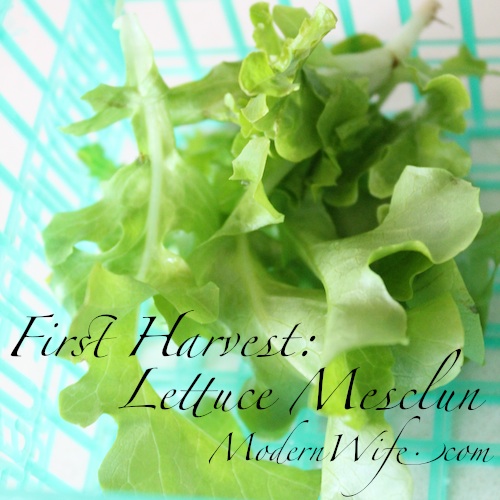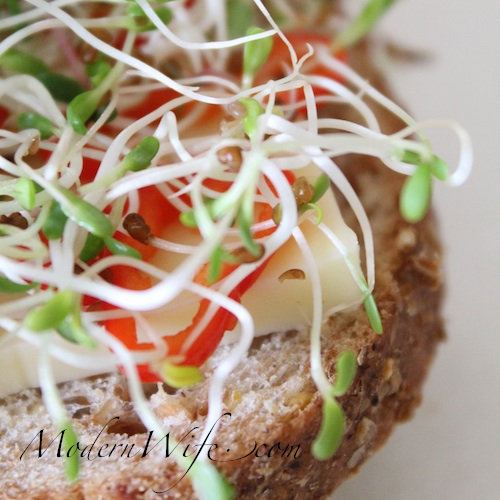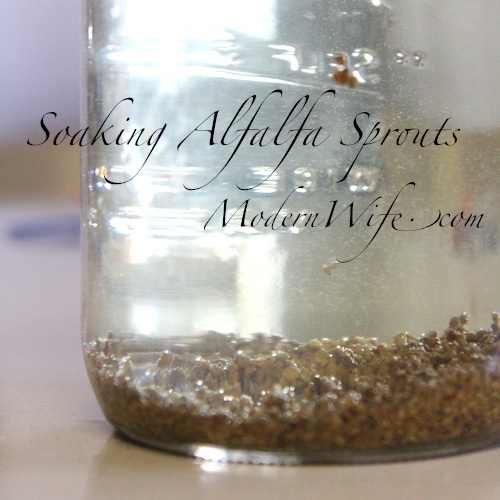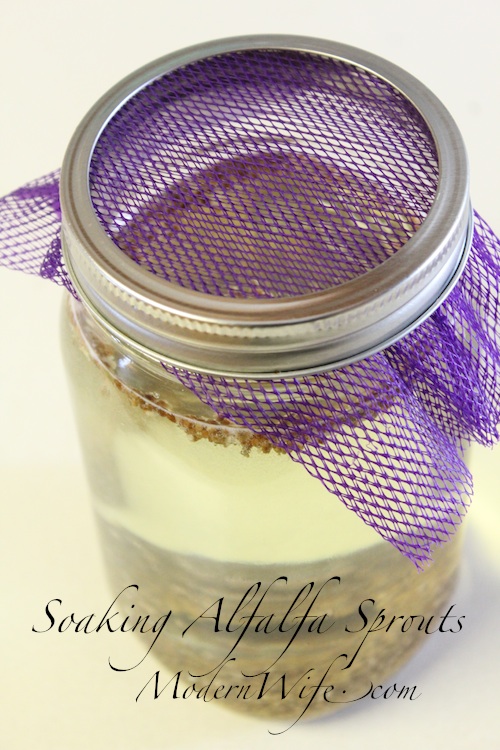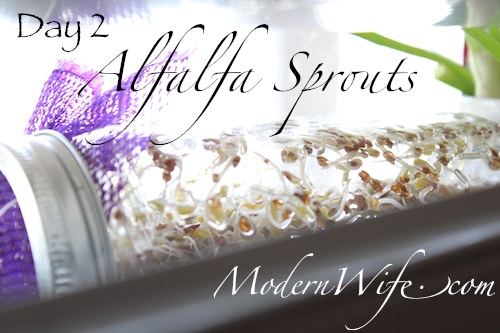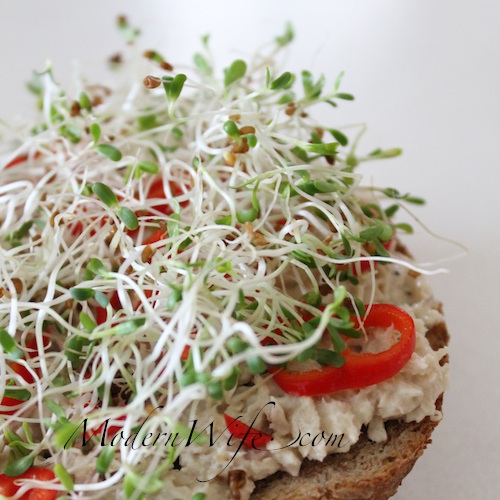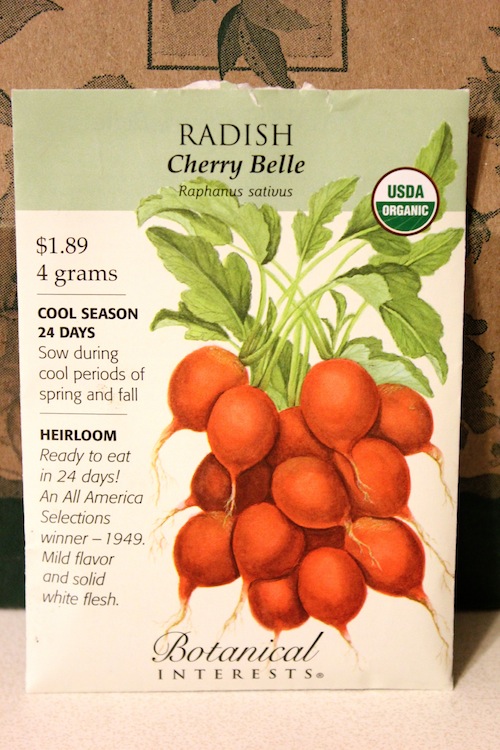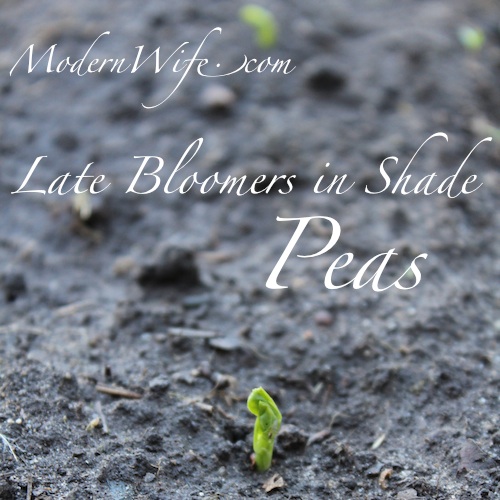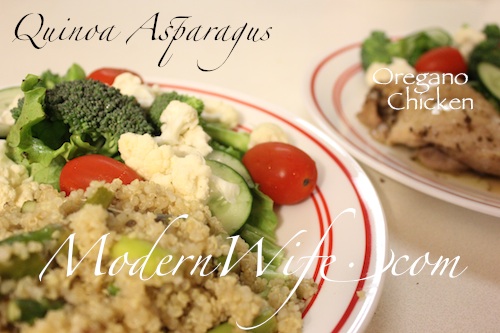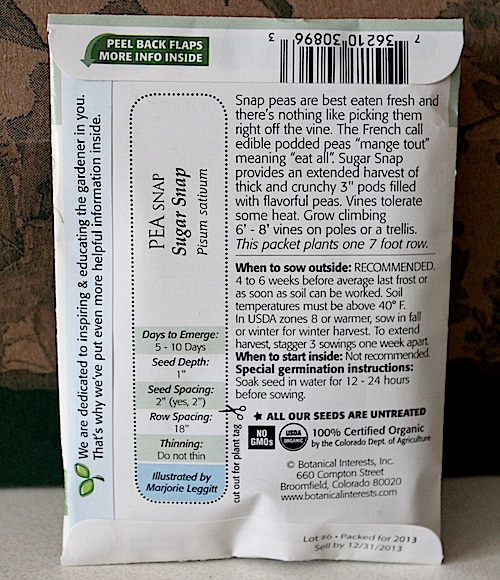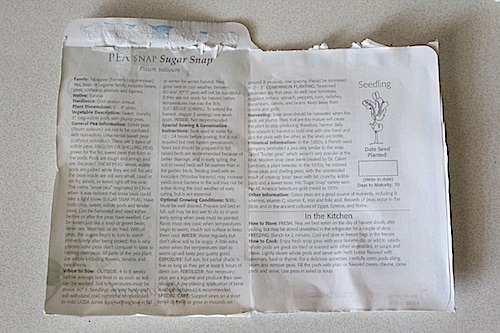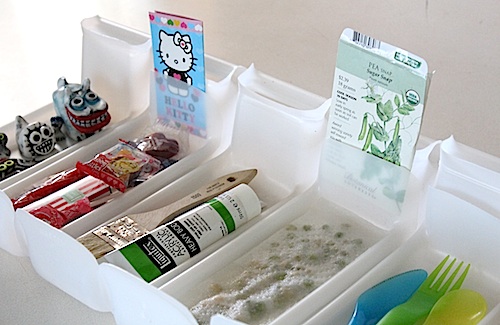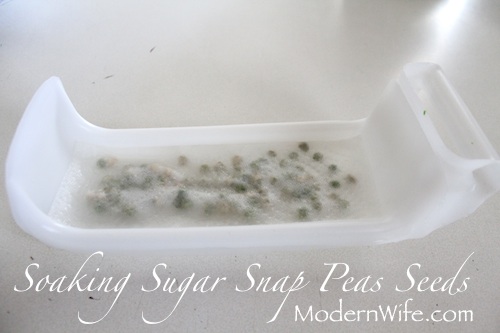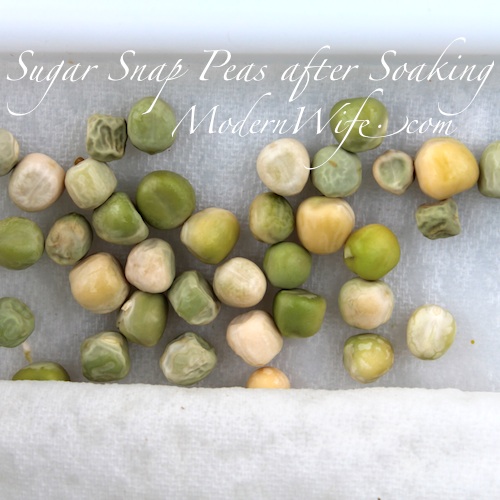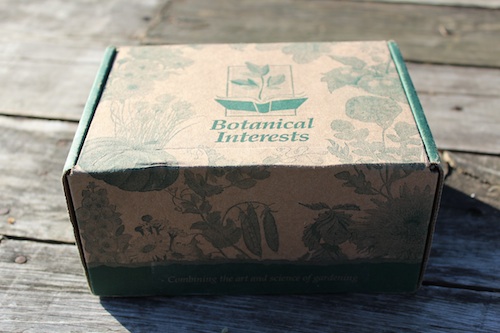As soon as my seeds arrived from Botanical Interests, I sorted them out in order of when they need to be planted. I also included seeds I bought last year, and seeds we’ve been saving all year. I came up with a rough garden plan. It went through several revisions once we started working and sowing in the garden. It’s important to keep track of what was planted where so that next year we can mix it up and make sure each plant gets to know a whole new part of the garden. Keeps the soil healthy and happy.
Shade Garden
First in are all the seeds that love cold weather and would grow with at least 3 hours of sun a day. I picked a spot behind the house. It’s the only shady place on the whole property, and it’s close to a faucet and garden hose. While tilling the soil, we found old rusty nails and parts of rusty tools, an indication that at some point in the distant past, someone had a garden there too.
Advantages of growing these plants in the shade: I don’t have to water as much. The shade keeps the plant bed moist for a longer period of time. The leaves don’t get torched by the sun, especially important to leafy green vegetables such as spinach and lettuce.
What I planted in my Shade Garden: peas, sugar snap peas, spinach, lettuce, radish, beets and broccoli. We’re expecting harvest starting mid-March through the rest of spring.

Herb Garden
Next up are cool season herbs. These herbs like full sun to partial shade, so I’m planning on sowing them in front of the house, which faces south, but is given partial shade by large evergreens. We have raised beds surrounding the house and a couple of small ones in front.
Going in the Early Spring Herb Garden: parsley, cilantro, sage, chamomile, lavender, calendula.
Adding to the Herb Garden after Spring has sprung: thyme, oregano, basil.
Sun Garden
After last chance of Spring frost is over, we’ll be starting the Sun Garden: basil, tomatoes, cherry tomatoes (basil and tomatoes are best companion planting buddies), corn, carrots, cucumber, green beans, zucchini, summer squash, sweet peppers, red bell pepper, watermelon, cantaloupe, and sunflowers.
Pumpkin patch: My daughter is a Halloween baby, so we want our pumpkin patch to be a big celebration. Three different kinds of pumpkins: Jack O’Lantern pumpkins for carving, sugar pie pumpkins for yummy treats and Jack Be Little pumpkins for decorating.

Fruit Trees
I save all seeds from fruit we eat. I’m planning on sprouting these seeds and growing them in pots until they’re big enough to transplant into soil. It could take years, but I have to start sometime. Apricot, different kinds of apples, lemon, cherries, tangerine, plums, pear, pine.
We also have grown trees that are sprouting babies at their roots. Olive and various other evergreens. I wonder if I could grow them from cuttings.
I don’t know if I’ll get to everything. I certainly have a full plate. I’ll be updating these garden plans as we go along. This is going to be an amazing year!

